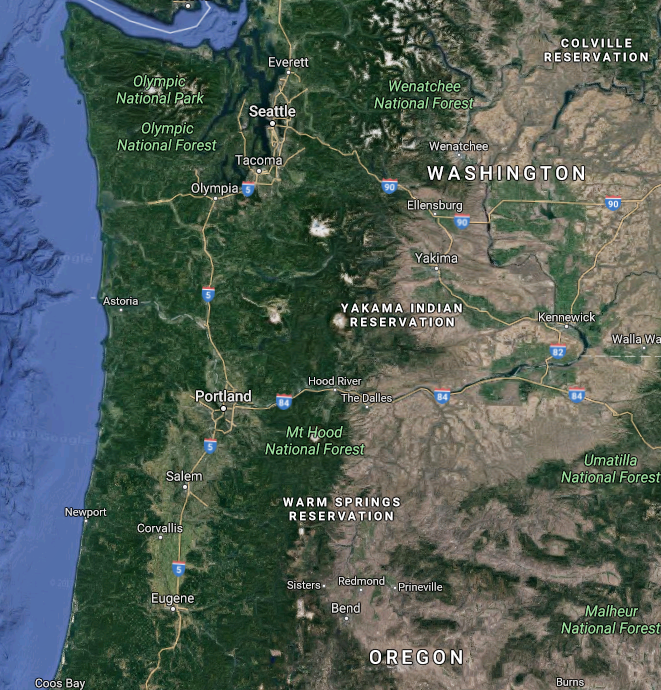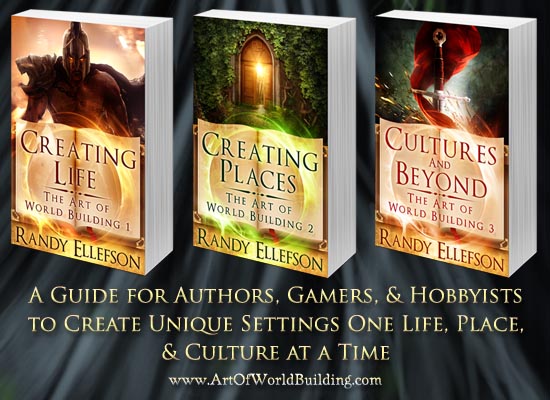In another blog, I discussed whether you should create plants and animals for your fantasy setting. Assuming you’ve decided to do it, here are tips for doing so.
New Ideas
If you already have ideas, you can just write them up according to a template like the one I’ve provided here:
The Template
Animal/Plant Name:
Type: (animal, plant [tree/flower], bird, fish)
Description:
Habitat:
Uses: (products, forbidden uses)
Earth equivalent: (is this based on something from Earth?)
Example
Item Name: Big Cat Name Here
Type: animal, mammal, feline
Description: this big cat has four legs and a long tail. They are up to ten feet long including tail and 700 pounds. They do not have a mane and are often darkly colored with lighter spots. Males are larger than females. Both live 30 years. They are loyal to their owner once bonded.
Habitat: they are found in all kinds of forests and mountain ranges and often hunt in open plains and grasslands. They eat horses, animal 1, and animal 2. Humanoid species are also prey items, but not if armed.
Uses: they can be used as personal guards and trained in battle to assist their owner or as a group like cavalry. They will wear armor and can be trained to attack and defend armed opponents. They are sometimes pets, but rarely.
Earth equivalent: this is a large tiger, but it is like dogs for trainability and wolves in that they are pack animals.
Getting Ideas
Start with Earth

If you need ideas, start with Earth animals or plants and begin modifying them. I suggest several modifications for each one you create. A horse with only six legs to make it different isn’t that interesting.
Some items to change are coloring, number of appendages, whether an animal is trainable or not, and how the animal can be used by your humans and species (if at all). You can simply reverse some of these things, like making cats who obey like dogs. In fact, many Earth things are different than you might expect. For example, in America we’re used to only seeing red tomatoes. You could create yellow ones, thinking you’re being different, when in reality yellow tomatoes already exist here. This is where research can help.
Research
Google any plant or animal that you want to start with and read about it, making a list of interesting attributes or things you could mention when writing. It becomes interesting if you say a character sees an animal name you made up and describe it like this: “A large, four-legged, tame herbivore with huge tusks, they mostly graze or eat leaves and other plants. Their tusks are prized. They can be tamed and are often used as pack animals, either carrying the load or pulling it.” On the other hand, if you call it an elephant, it’s boring.
That’s mostly stock information, but it becomes interesting when you change details.
Create a List
There are so many things you could create that having a list helps, particularly if you’re starting with Earth animals and plants. Then research each for the details and start altering them to create your plant or animal. For example:
Mammals: boar, deer, bear, cow, goat
Fish: shark, whale, stingray, plain old fish, flying fish, dolphins
Lizards: snake
Birds: vulture, pigeon, falcon
Flowers: rose, night shade, lilies
Trees: oak, weeping willow, pine, maple
Vegetables: corn, tomato, potato
Other Plants: wheat, rice
Products
These plants and animals will result in products made from them. Goats are used for cheese, for example. Potatoes make chips and fries. Wheat makes beer and bread. Grapes make wine. Trees are turned into all sorts of products and have typical uses depending on the tree. Research an oak tree and how it’s used (and why), and then give it some different properties and similar uses and you can write something like, “He poured tree-name syrup on his wheat-name pancakes.”
Epilogue
Creating new animals and plants can give your fantasy world and stories a uniqueness that keeps readers coming back for more – if you do a good job! It can be fun and easier than you might expect, but beware of spending so much time doing it that you stop writing.
[polldaddy poll=7448292]Creating a Fantasy City, Part 1
Without cities, towns, and villages, no fantasy world building project is complete. In part 1, we’ll look at some things to consider. Part 2 will be the template I use for creating a new settlement. Location, Location, Location No settlement Read More …
Creating a Fantasy City, Part 2
Below is the template I use when creating a fantasy city during world building. Feel free to adapt it your purposes. You can read Part 1 here. Download the PDF or Word template. City/Town Name General Alliances Independent city or Read More …
Creating Fantasy Names For Your Fiction Stories
Depending on your ability, creating names for people, places, and beings in fantasy books can either be fun or a pain. I’ve been doing this for three decades and will provide some tricks and thoughts to help. KISS KISS doesn’t Read More …
Fantasy Species vs. Race?
What’s the difference between “race” and “species” and when should you use what in your fantasy settings? I’ve taken a look into this myself and made the right choice for me. Read on for ideas on making the right choice Read More …

How Mountains Affect Rainfall
When drawing maps of continents, being realistic is a good idea even when inventing for a fantasy or SF landscape. We’re not freed from plausibility unless we’re purposely throwing out the laws of physics and nature. Most of us are Read More …
How to Create Fantasy Races or Species, Part 1
In this three part series, we’ll look at creating races in fantasy books. This entry focuses on the physical considerations, while Part 2 will discuss the mental ones. Part 3 includes a downloadable template you can use. While using the Read More …
How to Create Fantasy Races or Species, Part 2
In part 1, we looked at some physical considerations when creating races in fantasy books, while building your own world. Now we’ll look at some mental aspects. Mental Considerations Worldview When I watch alien species/races on TV or see them Read More …
How to Create Fantasy Races or Species, Part 3
In Part 1 we discussed the physical aspects of creating races in fantasy books. Part 2 covers the mental. Now we’ll look at a downloadable template you can use as a starting point to aid your creative writing. Download the Read More …
How to Create Plants and Animals for Your Fantasy Setting
In another blog, I discussed whether you should create plants and animals for your fantasy setting. Assuming you’ve decided to do it, here are tips for doing so. New Ideas If you already have ideas, you can just write them Read More …
How to Draw a Fantasy Map, Part 1
One of the fun aspects of fantasy world building is drawing maps. This blog provides some ideas to keep in mind and tools to help. Some of this is kind of obvious but worth mentioning anyway. Where to Start A Read More …
How to Draw a Fantasy Map, Part 2
In Part 1, we looked at where to start and basic continent considerations for drawing a fantasy map. Now we’ll look at some geographical considerations. Remember Geography Having a basic sense of geography is important or your map won’t make Read More …
My Guest Post
Today, author John Robin was kind enough to publish a guest post of mine about species and races in world building. You can read it here. The article is drawn from Creating Life (The Art of World Building, #1), which Read More …
Should You Create Plants and Animals in Your Fantasy Setting?
When world building, I used to think there was no point in inventing animals and plants for a fantasy setting. After all, they’re often just variations on real Earth animals, in which case, why bother? For example, maybe you have Read More …

Thanks for this. I’m trying to improve my worldbuilding by adding some unique animals and plants, and this post helped a lot!